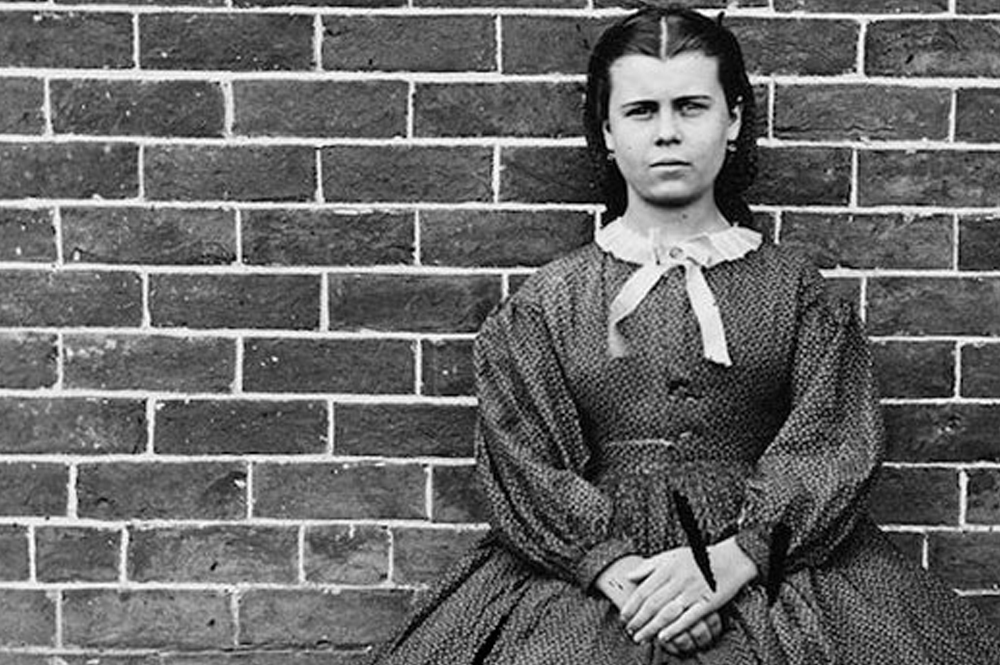As promised, we will be sharing notes on our creative process to give you a peak behind the curtain & right into the way we think about creativity at GroundWorks DanceTheater. This series of posts focuses on our new work – House of Sparrows – due to debut as part of E.J. Thomas Hall’s Stage Door Series on March 5th, 2015.
In this week’s edition, Executive Artistic Director David Shimotakahara shares his thoughts on the piece’s name & how this name came about. Shimotakahara has said that he knew very little about the Civil War prior to his research for this project & that he was insatiably curious to learn about the motivations of individuals at that time, to understand the stories behind the tremendous loss of life & the voracity of the battles.
“In these writings, the self’s house is also capable of being overrun and torn asunder. At several points McDonald, deeply depressed by the deaths of her infant daughter, her stepson, and finally her husband, seems to be writing from a fractured psychic home. The house of the self and the actual structure in which Cornelia lives often seem conflated.”
-Excerpted from the Introduction by Minrose C. Gwin for A Woman’s Civil War by Cornelia Peake MacDonald
From Shimotakahara:
“Have been thinking the title for our work, the idea of the ‘house of the self’ has such resonance for me. The ‘house’ as a metaphor for the interior world of the individual, hence ‘psychic home,’ and home as the centering force in the culture of that time. How for so many, both these meanings were completely ‘fractured’ and ravaged by the events of the war. For the entire population, dislocation happened in this country on an epic scale. For me, ‘house’ is about the individual experience, and it represents the nation’s as well.
I am also attracted to the notion of sparrows as common creatures who make their way and persevere in nature and who are often thought of as vulnerable to external forces. When I reflect on the hundreds of thousands of lives upended by the unprecedented changes brought about by the Civil War, combining these ideas as ‘House of Sparrows’ makes me think of an imaginary place that might be only temporary or makeshift, and a place of many memories or rooms, irrevocably changing. It is an apt frame, a doorway for our work.”

